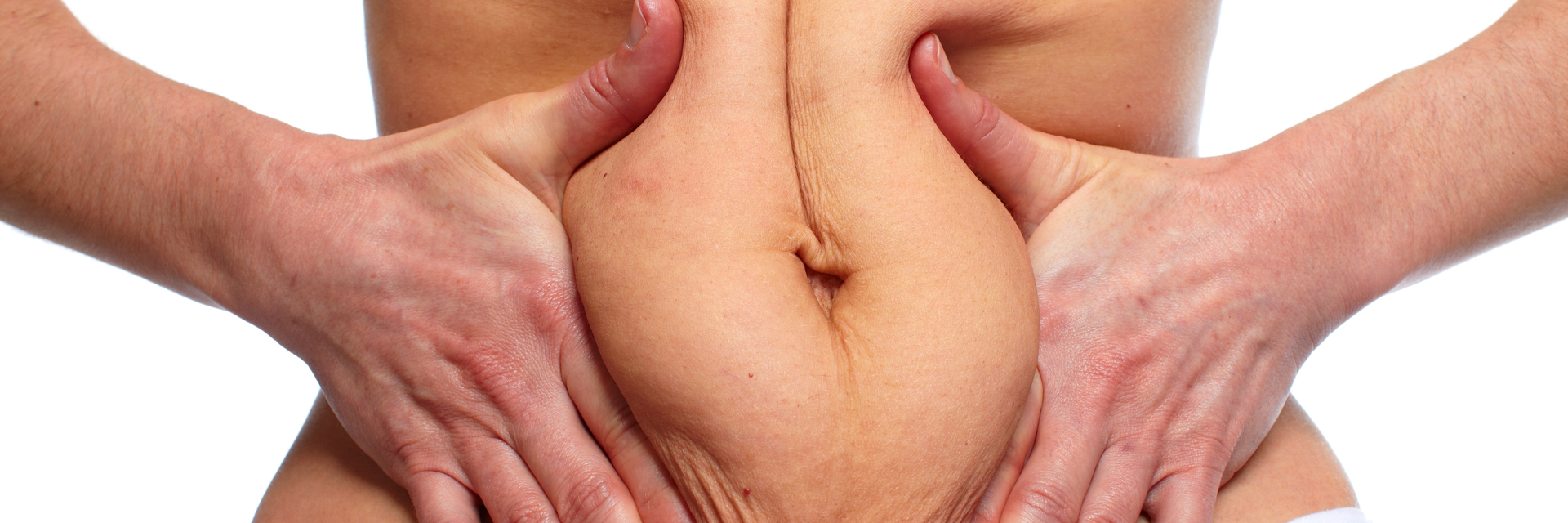
Tummy Tuck (Abdominoplasty)
Abdominoplasty, or tummy tuck surgery, is a procedure which removes excess fat from the abdominal region. Unlike liposuction, abdominoplasty also helps in repairing weakened muscles and removing flabby skin from the tummy.
Contrary to popular perception, abdominoplasty is not simply an easy route for those who refuse to watch their diet or commit to a fitness regime. The procedure is chiefly used to remove fatty deposits and skin accumulation caused by pregnancies, weight loss and the aging process. Tummy tuck surgery provides incredible relief to people who are unable to eliminate these excesses through normal exercise.
Abdominoplasty is a complicated procedure which can take up to five hours to perform. The surgery commences by making a horizontal incision at the lower abdomen, slightly above the pubic bone. Surgeons then manually remove the fatty deposits, trim the off the excess skin and tighten the abdominal walls. In some cases, liposuction is also used in the procedure. Once the process is completed, the skin is stretched down to the bikini line (to reduce visibility) and sewn back into place (and any excess skin is further trimmed).
Post-Surgery Care
Abdominoplasty is a major surgery and it creates a huge trauma on the body. Patients are usually hospitalised for at least two days following the procedure. After discharged, patients will need another two weeks to recuperate at home. During the recovery period, patients will experience significant pain (around five on a scale of ten) and discomfort. Their daily activities will also be severely affected. Thereafter, the body will require almost one year to fully ‘rewire’ the abdominal region (tissue and muscle regeneration).
Risks
There are significant risks involved in tummy tuck surgery. As such, it should not be used as a shortcut for weight loss.
One in ten patients will experience seroma (accumulation of tissue liquid), which will require several follow up treatments. Other complications that may arise include infection, haematoma and thrombosis. Further, almost half of patients will suffer from a temporary loss of sensation below the abdominal area.
